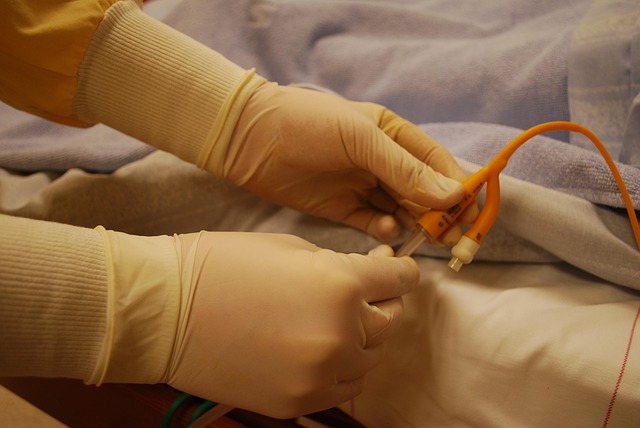Pediatric Asthma: Hospital Care and Treatment Guidelines
When children experience severe asthma episodes, hospital treatment becomes essential for their recovery and long-term health management. Pediatric inpatient asthma care involves specialized protocols designed to address the unique physiological and developmental needs of young patients. Understanding these treatment approaches helps families navigate what can be a stressful experience while ensuring children receive optimal care during acute episodes.

Inpatient Asthma Management In Pediatric Patients
Hospital-based asthma care for children follows evidence-based protocols that differ significantly from adult treatment approaches. Pediatric patients require careful monitoring of medication dosages, oxygen levels, and respiratory function while accounting for their smaller body size and developing organ systems. Healthcare teams typically include pediatric pulmonologists, nurses trained in pediatric respiratory care, and respiratory therapists who specialize in working with children.
The inpatient setting allows for continuous monitoring and rapid intervention when symptoms worsen. Children admitted for asthma typically stay between 1-3 days, depending on their response to treatment and the severity of their initial presentation.
Understanding The Goals Of Inpatient Asthma Care For Children
The primary objectives of hospital treatment focus on stabilizing breathing, reducing airway inflammation, and preventing future severe episodes. Medical teams work to achieve specific measurable outcomes including improved oxygen saturation levels, reduced work of breathing, and restoration of normal peak flow measurements when age-appropriate.
Education plays a crucial role during hospitalization, with healthcare providers teaching families proper inhaler techniques, trigger identification, and when to seek emergency care. This educational component often prevents future hospitalizations and improves long-term asthma control.
Initial Assessment And Severity Classification Of Pediatric Asthma
Upon arrival, medical teams conduct comprehensive evaluations using standardized scoring systems designed for children. The Pediatric Asthma Severity Score considers factors like oxygen saturation, respiratory rate, use of accessory muscles, and level of consciousness. These assessments guide immediate treatment decisions and help predict which patients may require intensive care.
Vital signs monitoring includes continuous pulse oximetry, regular blood pressure checks, and assessment of respiratory effort. Laboratory tests may include complete blood counts and arterial blood gas analysis in severe cases, though these are used judiciously in pediatric patients.
Importance Of Systemic Corticosteroids In Inpatient Asthma Treatment
Corticosteroids represent the cornerstone of severe asthma treatment in hospitalized children. These medications reduce airway inflammation and are typically administered orally or intravenously depending on the child’s condition and ability to take oral medications. Prednisolone is commonly used due to its effectiveness and relatively favorable side effect profile in short-term use.
Dosing calculations are weight-based, with typical courses lasting 3-5 days. While concerns about growth effects exist with long-term steroid use, short courses for acute episodes rarely cause lasting effects. Healthcare providers carefully monitor for potential side effects including elevated blood sugar, mood changes, and increased appetite.
| Treatment Component | Typical Approach | Duration | Cost Estimation |
|---|---|---|---|
| Emergency Department Visit | Initial assessment and stabilization | 2-6 hours | $800-2,500 |
| Inpatient Admission | Continuous monitoring and treatment | 1-3 days | $3,000-8,000 per day |
| Medications (Corticosteroids) | Prednisolone or methylprednisolone | 3-5 days | $50-200 |
| Respiratory Therapy | Nebulizer treatments and monitoring | Throughout stay | Included in daily rate |
Prices, rates, or cost estimates mentioned in this article are based on the latest available information but may change over time. Independent research is advised before making financial decisions.
Recovery monitoring involves tracking improvement in respiratory symptoms, oxygen requirements, and overall clinical stability. Discharge planning begins early in the hospitalization, with teams ensuring families understand medication schedules, follow-up appointments, and warning signs that require immediate medical attention.
Successful inpatient asthma management combines evidence-based medical treatment with comprehensive family education. This approach not only addresses the immediate health crisis but also provides families with tools and knowledge to better manage their child’s asthma at home, potentially preventing future severe episodes and hospitalizations.
This article is for informational purposes only and should not be considered medical advice. Please consult a qualified healthcare professional for personalized guidance and treatment.




